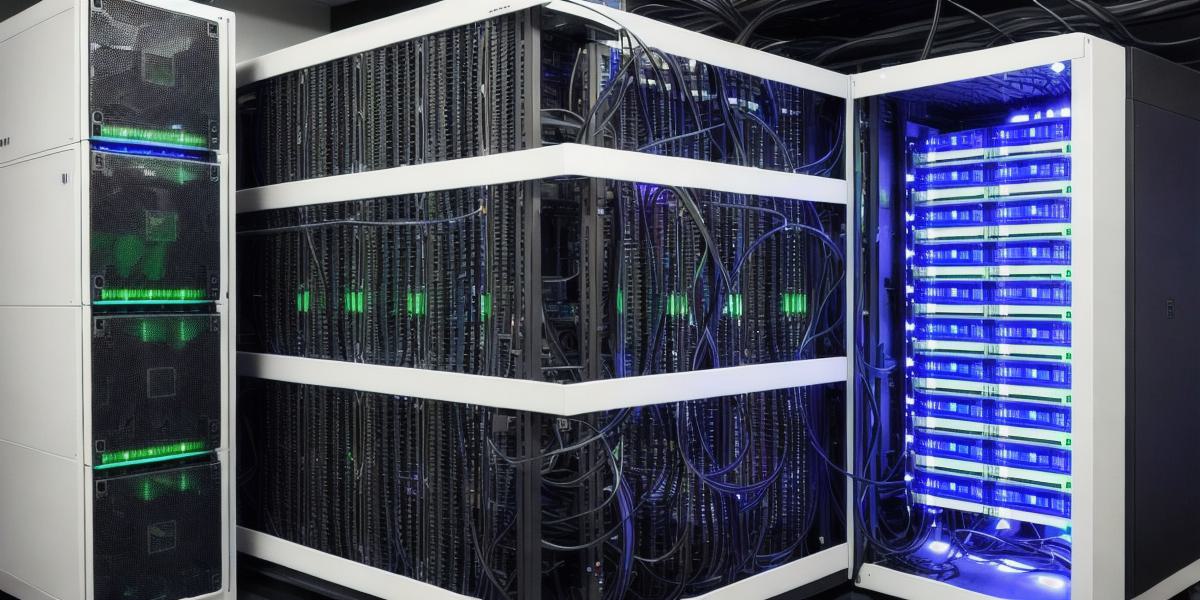Understanding Servers in Layman’s Terms: A Guide for Programmers

As a programmer, you’ve likely encountered servers countless times throughout your career. But do you really understand what they are and how they work? In this article, we’ll break down servers in layman’s terms so that you can have a better understanding of their role in the digital world.
What is a Server?
A server is a computer system that stores, processes, and delivers data to other computers or users over the internet. Think of it like a librarian at the library. The librarian takes your request for information and retrieves the appropriate book or resource for you. In the same way, servers take requests from clients (such as a website or an application) and retrieve the necessary data to fulfill that request.
Types of Servers
There are several types of servers, each with their own specific role in the digital landscape. Here are some of the most common types:
- Web Server: A web server is responsible for serving websites and other static content such as images and videos to clients over the internet. Examples include Apache, Nginx, and Microsoft IIS.
- Application Server: An application server handles the execution of software applications and provides middleware between different systems. Examples include Tomcat, JBoss, and WebLogic.
- Database Server: A database server is responsible for storing and managing data. Examples include MySQL, PostgreSQL, and Oracle.
- Mail Server: A mail server handles email communication between clients over the internet. Examples include Sendmail, Exim, and Postfix.
How Do Servers Work?
Servers work by listening to requests from clients and responding with the appropriate data or action. This process is known as the client-server model. Here’s how it works:
- Client sends a request to the server for a specific resource (such as a website or an email message).
- Server receives the request and processes it to determine what data or action is needed to fulfill the request.
- Server sends the requested data or executes the necessary action back to the client.
- Client receives and processes the response from the server, displaying or acting on the information as appropriate.
FAQs
- What is a server?
A server is a computer system that stores, processes, and delivers data to other computers or users over the internet. - What are the types of servers?
The most common types of servers include web servers, application servers, database servers, and mail servers. - How do servers work?
Servers work by listening to requests from clients and responding with the appropriate data or action using the client-server model.








